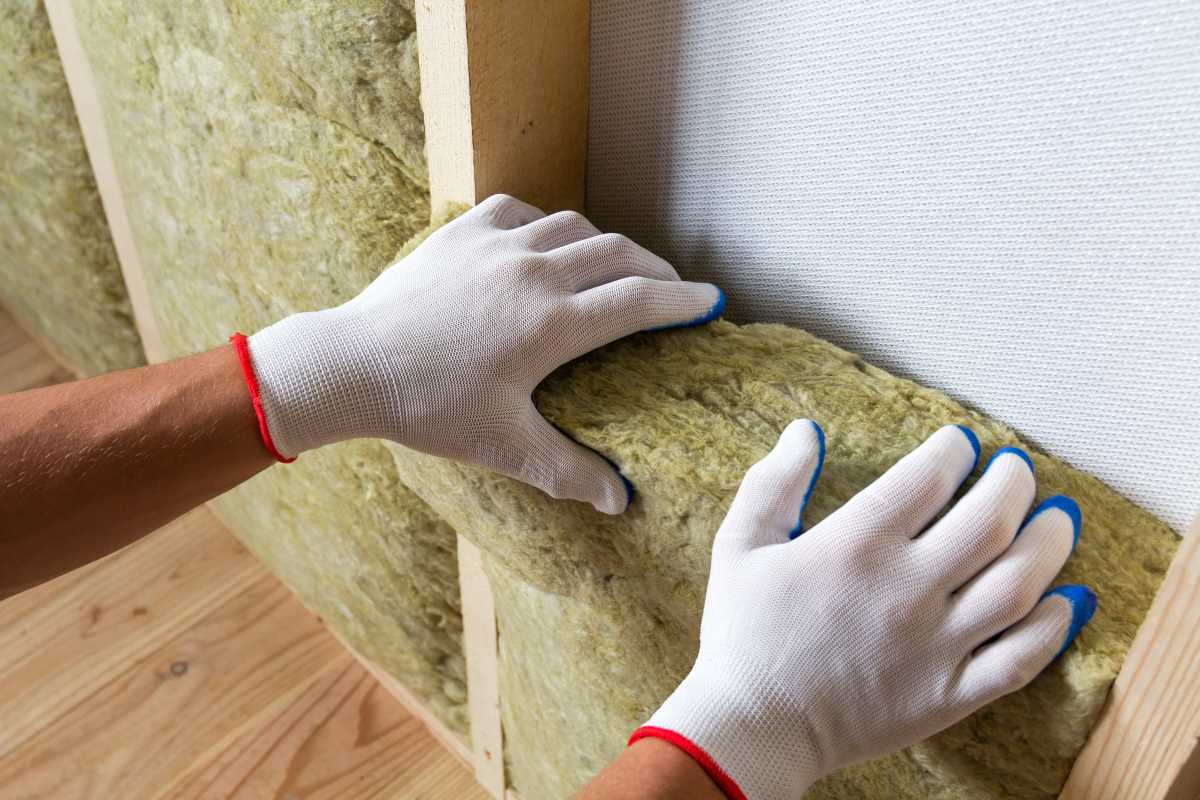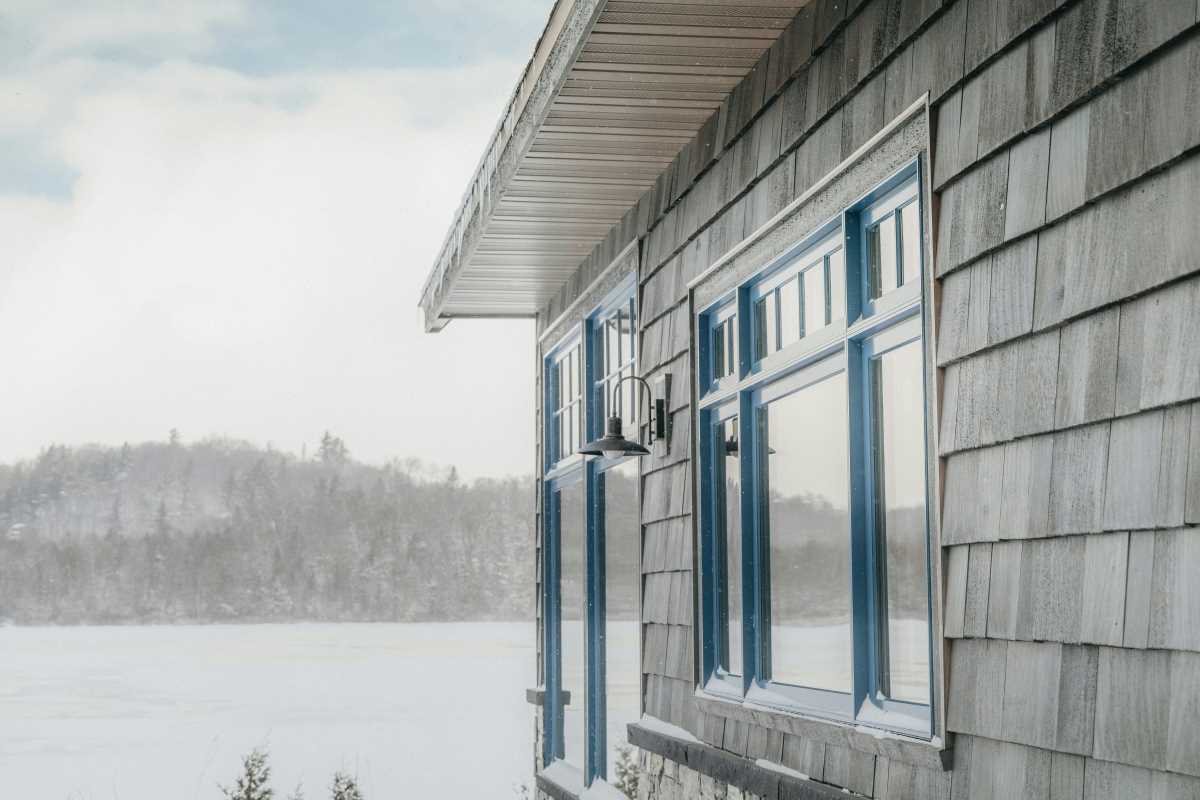As the winter months approach, it's time to start thinking about preparing your home for the cold weather ahead. Winterizing your home not only helps keep you and your family cozy during the chilly months, but it can also save you money on energy bills. Proper preparation is key to ensuring your home is energy-efficient and comfortable when temperatures drop. Here are some expert tips to help you get your home ready for winter.
Seal Drafts Around Windows and Doors
One of the most crucial steps in winterizing your home is to check for drafts around windows and doors. Drafts can significantly impact your home’s heating efficiency by allowing warm air to escape and cold air to enter. According to the U.S. Department of Energy, drafts can account for up to 30% of your home's heat loss. This unnecessary heat loss not only makes your home less comfortable but also drives up your energy bills.
To combat this, inspect all windows and doors for gaps or cracks where air can leak in or out. Sealing these gaps with weatherstripping or caulk can make a significant difference. Weatherstripping is ideal for movable components like windows and doors, while caulk works best for stationary elements like window frames. By properly sealing your home, you can keep the cold air out and the warm air in, leading to lower heating costs and a more comfortable living environment.
Ensure Your Heating System is Running Efficiently
Your heating system is the heart of your home during the winter months, so it’s essential to ensure it’s running efficiently. A well-maintained heating system not only keeps your home warm but can also save you money on energy bills. Before the cold weather sets in, it’s a good idea to have a professional inspect and tune up your furnace or heat pump. This inspection can identify any potential issues, ensuring your system operates at peak efficiency throughout the winter.
In addition to a professional tune-up, remember to replace your furnace filter regularly. A clean filter improves airflow, reduces strain on the system, and enhances overall efficiency. Dirty filters can cause your heating system to work harder than necessary, leading to higher energy costs and a shorter lifespan for the system. By staying on top of heating system maintenance, you can enjoy a warm home while keeping energy expenses in check.
Insulate Your Home Properly
Insulation plays a vital role in keeping your home warm during the winter months. Proper insulation helps retain heat, reducing the workload on your heating system and ultimately lowering your energy bills. Check the insulation in key areas of your home, such as the attic, walls, and basement. These areas are common culprits for heat loss, so ensuring they’re well-insulated is essential.
If your attic is under-insulated, consider adding more insulation to boost its effectiveness. The same goes for your walls and basement—properly insulating these areas can prevent heat from escaping and keep your home warmer for longer periods. Additionally, insulating your hot water pipes can prevent heat loss, ensuring your water heater doesn’t have to work as hard to maintain a consistent temperature. By investing in good insulation, you can make your home more energy-efficient and comfortable during the winter months.
Install a Programmable Thermostat
A programmable thermostat is a smart investment that can help you save on heating costs while keeping your home comfortable. This device allows you to set different temperatures for different times of the day, optimizing your heating system’s efficiency. For example, you can program the thermostat to lower the temperature while you’re asleep or away from home and raise it when you’re awake and active.
According to the U.S. Department of Energy, you can save up to 10% on your heating costs annually by lowering your thermostat by 7-10 degrees Fahrenheit for eight hours a day. A programmable thermostat makes this easy to achieve without sacrificing comfort. Some modern thermostats even offer smart features, allowing you to control your home’s temperature remotely via a smartphone app. By using a programmable thermostat, you can manage your heating more effectively and enjoy savings on your energy bills.
Prepare Your Windows for Winter
Windows are another common source of heat loss in homes, so it’s essential to prepare them for winter. One effective way to reduce heat loss through windows is by installing storm windows or applying insulating window film. Storm windows add an extra layer of protection, reducing drafts and helping to keep warm air inside. Insulating window film, on the other hand, is a cost-effective solution that can be applied directly to your existing windows to improve their insulation.
In addition to these measures, consider using thick curtains or blinds to further insulate your windows. Heavy drapes can act as a barrier against the cold, preventing it from seeping into your home. During the day, open the curtains to let in sunlight, which can naturally warm your home. At night, close them to keep the warmth inside. By taking these steps to winterize your windows, you can significantly reduce heat loss and maintain a more comfortable indoor temperature.
Additional Tips for a Cozy Winter Home
While the above steps are essential for winterizing your home, there are other small measures you can take to enhance your home’s warmth and efficiency. For instance, make sure to reverse the direction of your ceiling fans to clockwise during the winter. This change pushes warm air that rises to the ceiling back down into the room, helping to maintain a consistent temperature.
Another tip is to keep your fireplace damper closed when not in use. An open damper allows warm air to escape through the chimney, effectively cooling your home and forcing your heating system to work harder. Additionally, consider placing draft stoppers at the base of doors to prevent cold air from sneaking in.
In Conclusion: Stay Warm and Save Money
By following these expert tips to winterize your home, you can ensure a cozy, energy-efficient living space during the cold months. From sealing drafts to insulating your home and maintaining your heating system, these steps will not only keep you warm but also help you save money on energy bills. Winterizing your home is an investment in comfort and cost-efficiency that pays off every time you turn up the heat.







